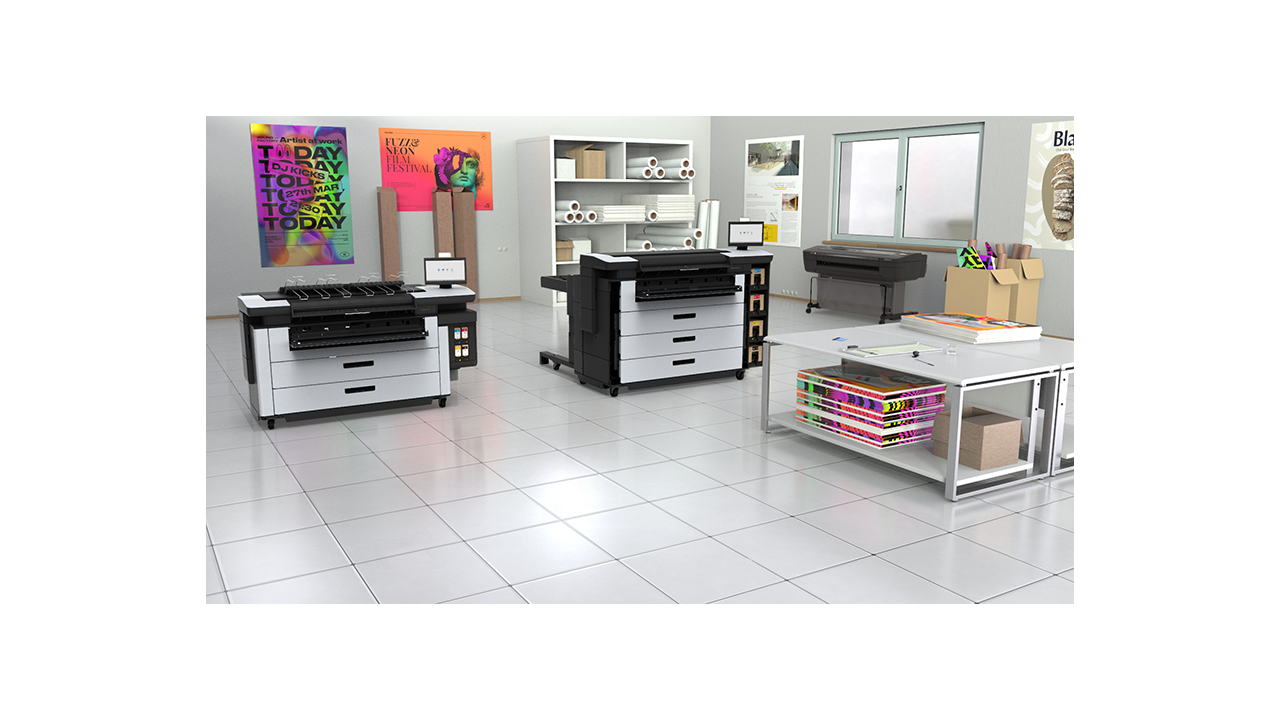
White line defects are long bands of the unprinted substrate within an area fill. Since the substrate is usually white, the bands are usually white. They are often less than 1 mm wide (very thin) and extend in the direction of printing (from leading to trailing edge) for 10 cm or more. If the line is not in the direction of printing, it is unlikely to be the type of defect discussed in the following procedure.
There are two sources of white lines. Misalignment between printhead dyes is one source and can be identified by their evenly spaced, predictable locations at the intersection between dyes. The solution to this type of white line defect is not covered in this procedure. The other source of white lines which is covered in this procedure is a clogged printhead nozzle. Unable to discharge ink, clogged nozzles leave a string of unprinted surfaces where there should be ink, and can be very unsightly, especially in large quantities.
Dust can very easily clog printheads, but the net positive pressure in the print zone ensures that most dust particles are not able to enter the printer through the air, and the probability of white lines is typically very low. However, they can enter attached to the leading edge of cut sheets with poor cut quality. The result is a series of clogged printheads that produce the white line defect.
To prevent clogged printheads, clean the edges of the cut sheet piles and clean the surfaces the cut sheet edges can touch (Sheet Feeder bridge and tray, printer paper input tray). This prevents particles from traveling into the printer on the cut sheet edges. Once inside the printer, printing in Normal mode removes paper fibers from the print zone via the Airflows. In Fast Mode, the Airflows are inactive.
To fix clogged printheads, use the Printhead Recovery tool in the Optimize Print Quality menu of the front panel. Sometimes, one Printhead Recovery is not sufficient to clean the printheads. Print a diagnostic plot to check and repeat the process if needed.
The attached document provides troubleshooting instructions to prevent and solve these issues.










